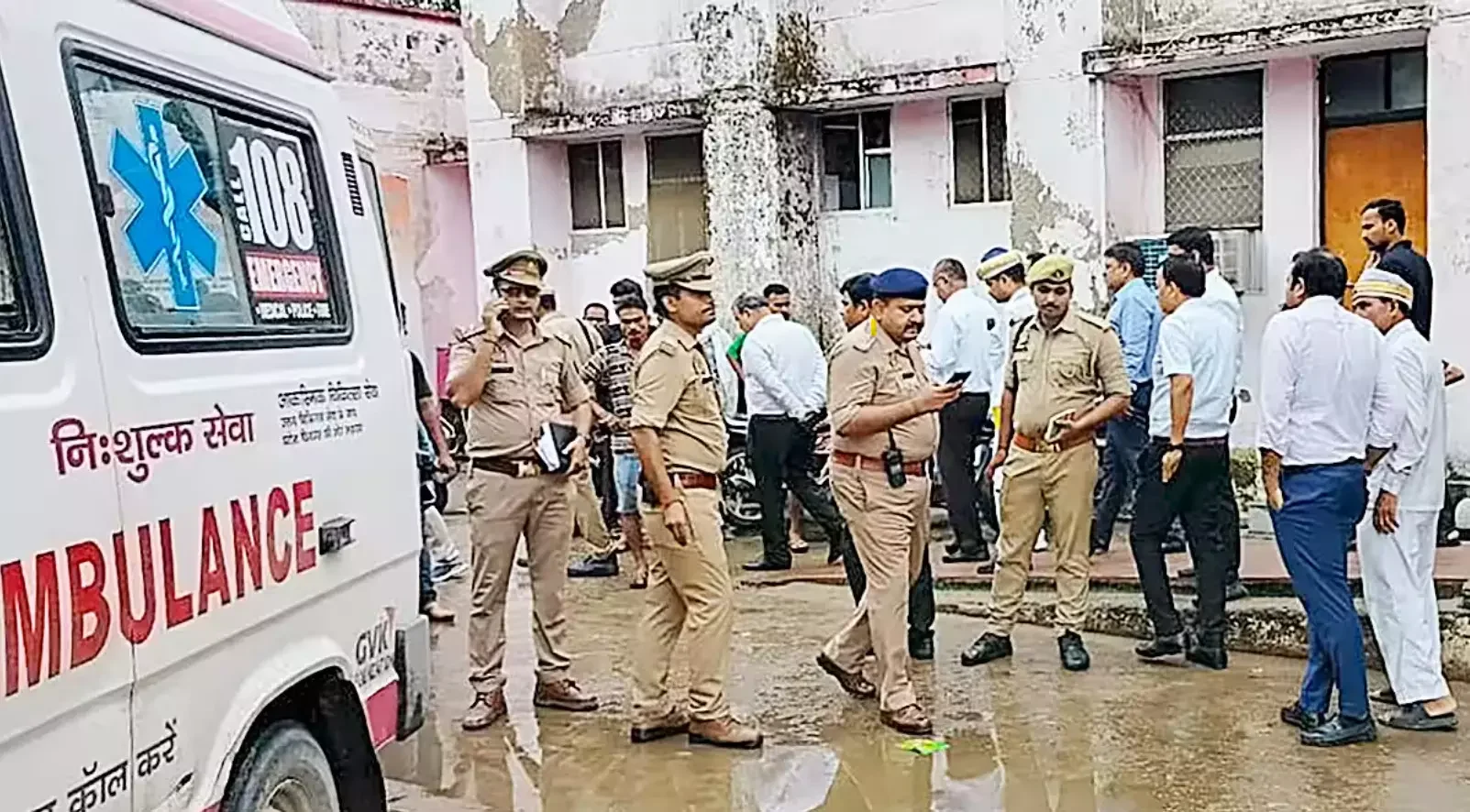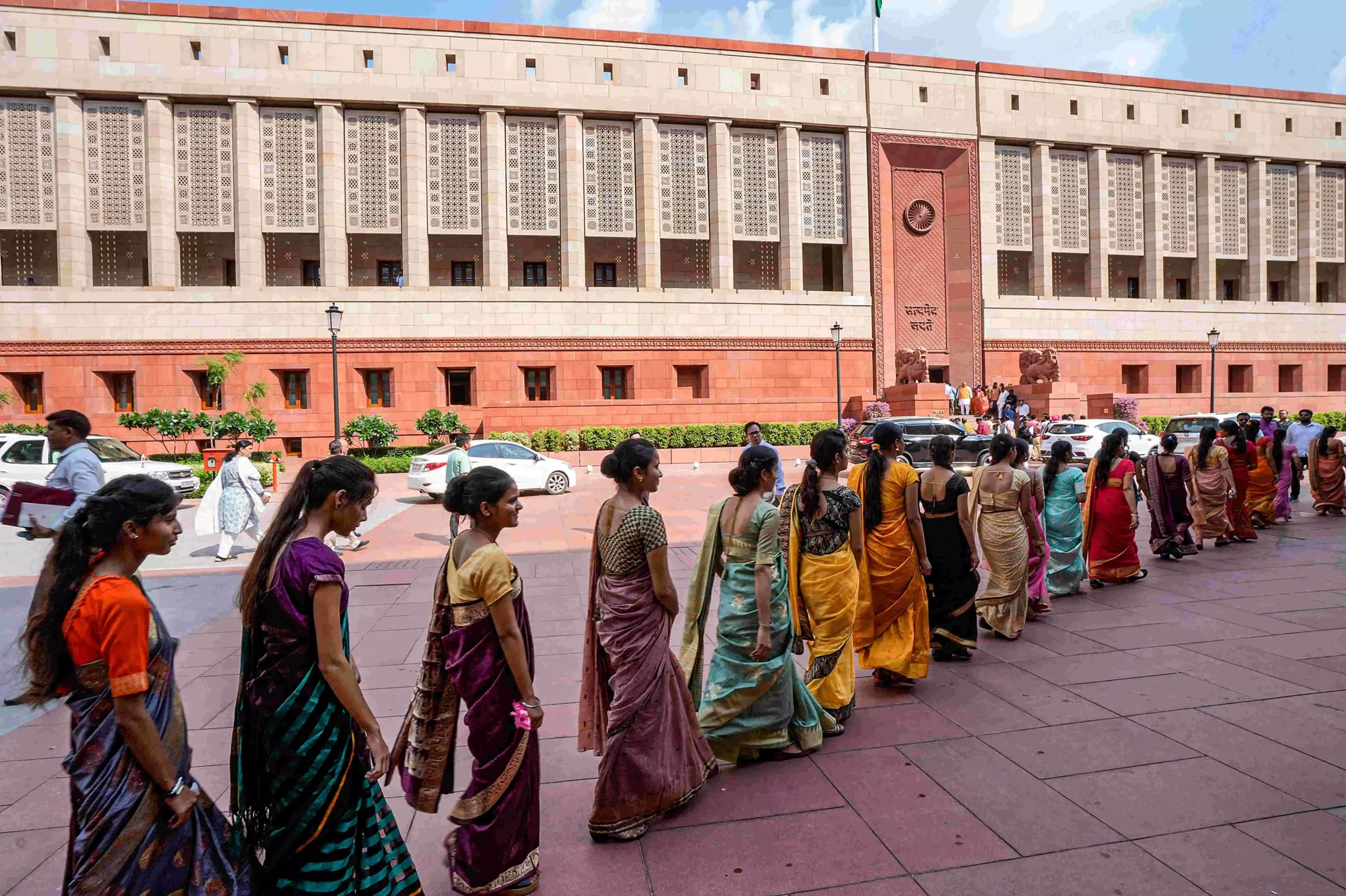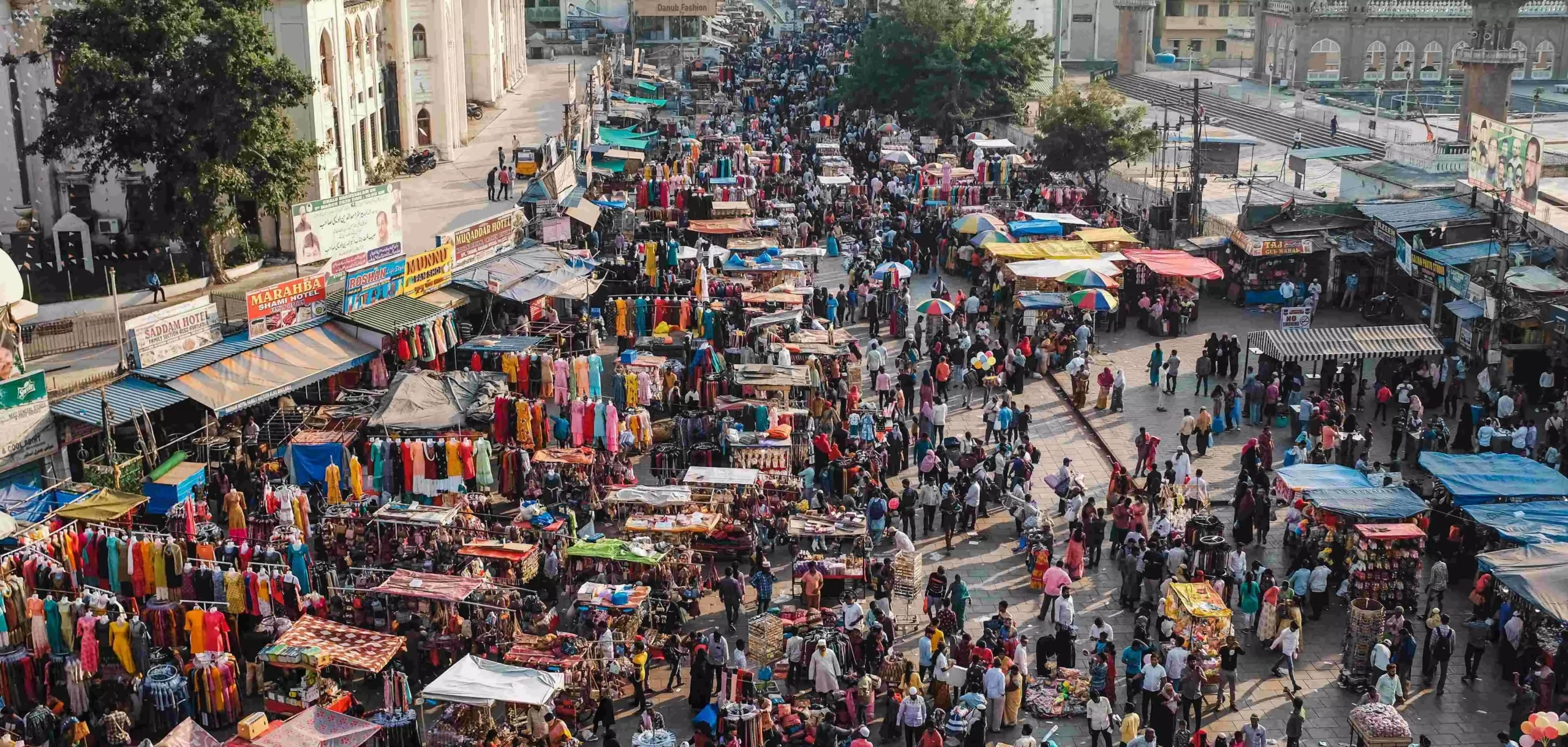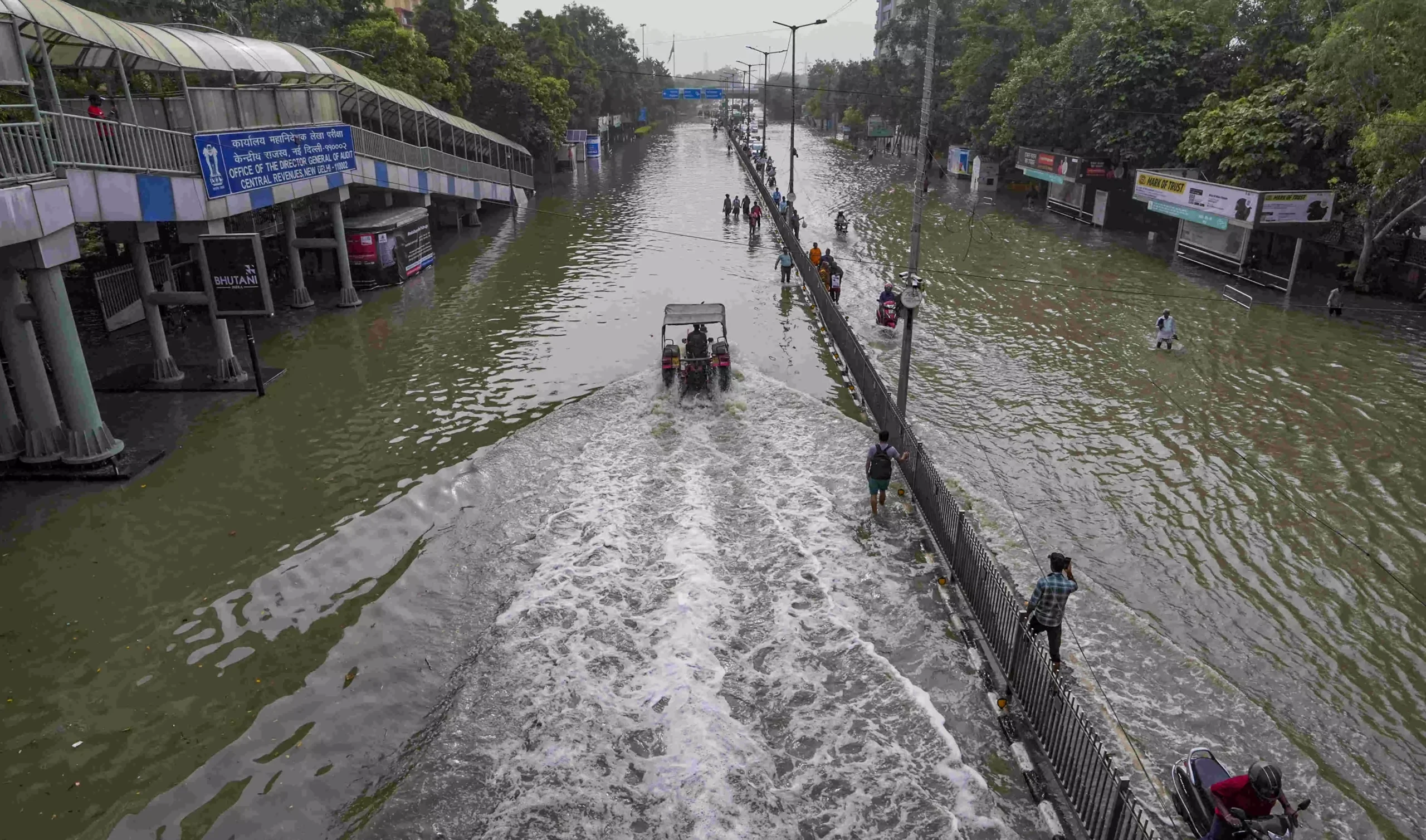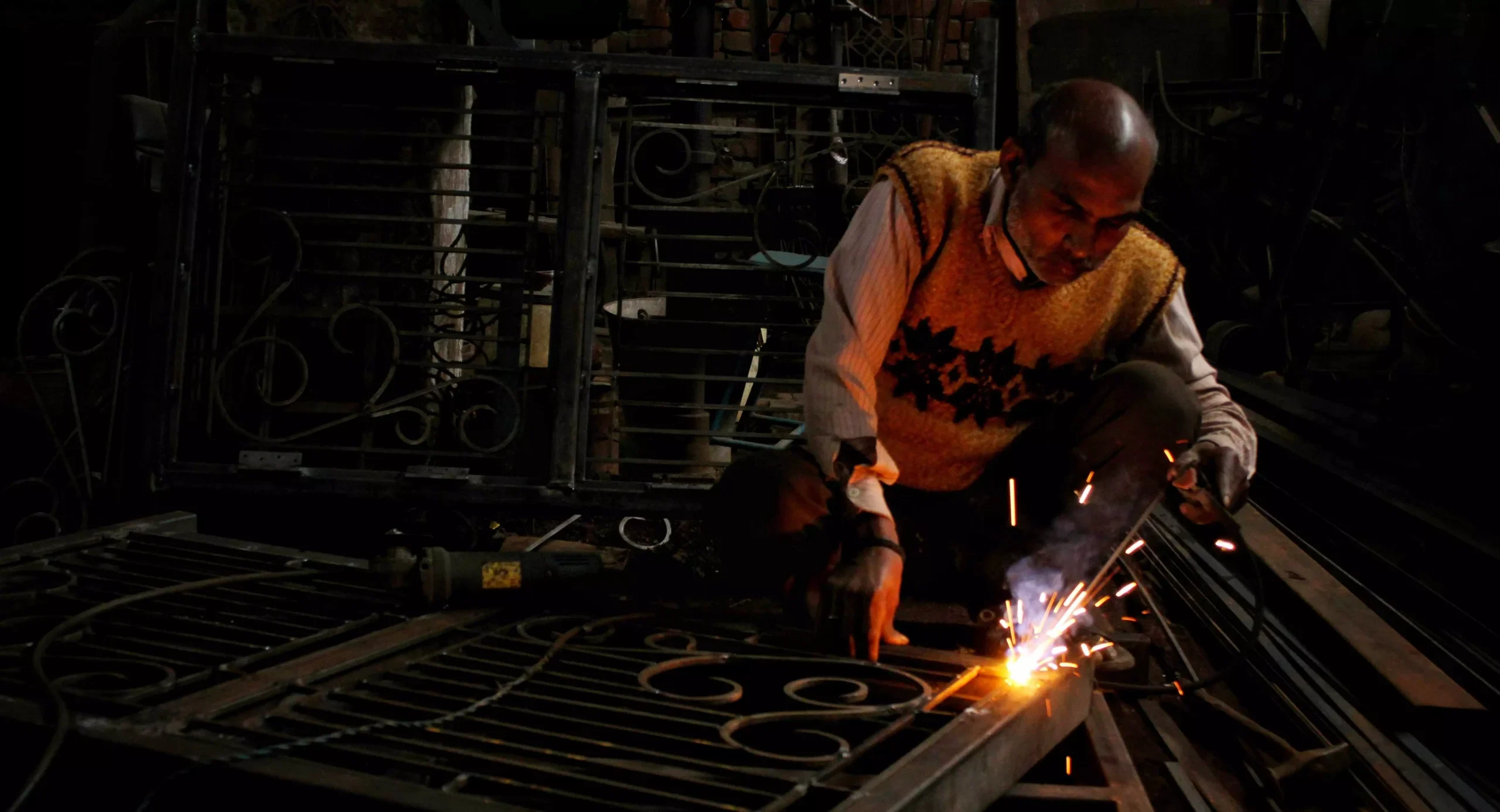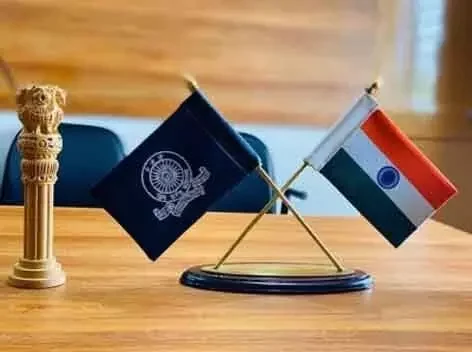Prompting concerns
There is a need for strategic use of consultants; the government needs to recognize and leverage its internal strengths while ensuring consultants contribute meaningfully to governance
I read an article in a newspaper recently which gave the surprising information that the central government through its various departments like power, petroleum and 16 other ministries departments along with NITI Aayog have outsourced various important projects and assignments which involve almost every aspect of governance to the big four consultants and Mckinsey & Co and company. The big four consultants involved are PriceWaterhouseCoopers (PWC), Deloitte, Ernst & Young Global Limited and KPMG International Limited. Almost Rs 500 Crore worth of consultancy assignments from various government ministries, departments and organizations have been awarded to these consultancy companies between April 2017 and June 2022. This is indeed a staggering amount and one wonders whether consultants are slowly beginning to control a large portion of the functioning of the Government.
In India, the annual turnover of consulting firms increased by 10.8 per cent annually on average from 2013-2018. The Budget allocation for professional services at the NITI Aayog increased nearly five-fold between 2016-2017 and 2017-2018 and subsequently rose by 30 per cent in 2018-2019. In fact, my experience after observing the working with the Government of India is that most senior civil servants are enamoured of consultants and treat them as a panacea for all problems. The State Governments were relatively immune to this phenomenon till a few years ago but slowly they are also looking towards consultants for all kinds of assignments. The consultants have an important role to play but the Government should be clear on where to use them and how. The consultants have very talented manpower recruited from some of the best educational institutions and they promise to bring in new ideas, quantitative rigour, risk analysis, best practices and efficient management practices into any assignment that they take up. Ground level Government officers do not feel that the consultants have superior domain knowledge and wryly comment that consultants take ideas from them and then re-package and present them through impressive multimedia presentations or slick spiral-bound reports replete with bar diagrams, pie charts and other attractive tabular or graphic representations.
Government is a very complex organization and has to fulfil a multiplicity of objectives as against the profit maximization goal of the corporate sector. Despite the enormous talent that these consultancy organizations have they do not have the required knowledge and breadth of vision to handle the various assignments that are given to them by the Government. I was intensely surprised to find that even for the organization of Mahakumbh a few years ago by the UP Government, one of these consultants was handling a large number of tasks. Organizing a Mahakumbh is a highly complicated task and one wonders what value an inexperienced consultancy organization would add to it. I found the consultant organizing media briefings when this task has always been performed very comfortably by the information department. Further, one of these consultants is now advising the Government of UP on achieving a trillion-dollar economy by 2027 when it is apparent to all that this is an impossible goal because it requires a 34 per cent annual growth rate! In most departments in UP, the consultants have been appointed and they are carrying out routine tasks. I was amazed to find that they were undertaking clerical jobs like putting up draft replies to letters. I feel in this manner not only is the Government mis-utilizing the consultants but the consultants are also wasting their time and resources and not adding any value.
Government cannot work alone and private participation is required to make governance more efficient. We have seen how the public-private partnership (PPP) models have brought in private-sector investment and expertise in the planning and implementation of infrastructure projects. The engineering, procurement and construction (EPC) is also a popular type of contract which has been successfully used in building infrastructure in UP and I saw the efficacy of this partnership with the private sector in the construction of the Lucknow Agra Expressway. Over time, it has been realized that Governments can deliver better by involving the private sector in areas where the private sector has expertise. Similarly, the consultants bring to the table a lot of useful input but we should be clear on what kind of a relationship would exist between the Government and the consultants. We do not want the consultants to take over the routine tasks carried out by Government officers. In fact, the reality is that the Government has a lot of knowledge about its work and its officers and employees have a lot of collective competence, skill sets and resources. These must be respected as the reliance on outside consultants tends to erode the institutional memory.
For the corporate sector, the consultants can give strategic inputs to take the organization to the next level but the issues for the Governments are different and cannot be looked at through the same prism as the private sector. It is also true that the civil servants involved in Governance have a long experience which cannot easily be replaced. The fee paid to the consultants would need to be justified through results and better outcomes. My experience has been that the consultant does offer various solutions but is not involved to that extent in the implementation which means that results are not forthcoming and the consultants do not feel themselves accountable for the same. The easiest thing in the world is to offer advice on what needs to be done but in practice, the realities are far too complex and there could be genuine issues which make the advice impractical. In addition, there is also the fact that the consultants do not have any democratic accountability which is the essence of good Governance.
I found that very often senior officers of Government resort to hiring consultants in order to make their recommendations acceptable by giving them the tag of an expert. It is also true that Government departments are overburdened and are not able to analyse the data and this job can be entrusted to consultants. There is no doubt that consultants can bring to the table rich experience from other countries which cannot be adopted in full measure but does indicate the direction in which one can think and move forward.
The Governments must become conscious of their inner strengths and focus on capacity building of their officers and employees. They must make sure that they reap the benefits of the experience of their human resource. Consultants should be hired for specific assignments where there is a gap in Government and also in areas where the consultant can bring in knowledge from outside to improve the effectiveness of Government work. The Government must know what they want from the consultant and also can monitor and guide their work. The consultants should be used in a manner that adds value to Governance.


